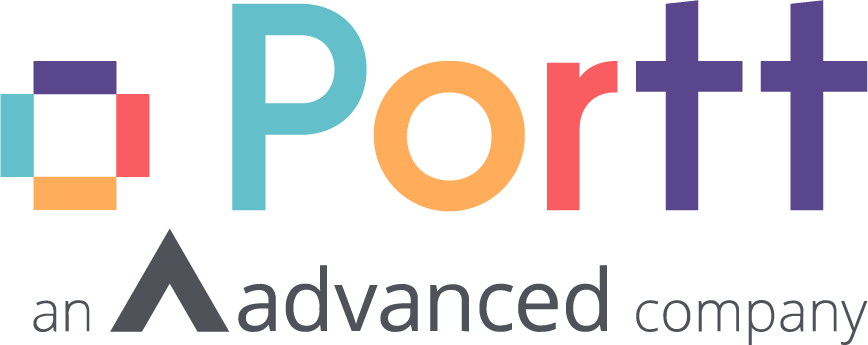
As inflation and recession begin to bite, consumer confidence drops, and supply chains become less certain, organisations must increasingly look to their procurement teams to ensure operational resilience. In this article, we’ll look at the key ways procurement teams can aid organisations in staying strong and competitive in times of economic uncertainty.
The Role of Resilience
While there are 6 spheres of business resilience, the spheres most valuable in shoring up a business against the impacts of recession are financial and operational resilience – your business’s ability to weather financial impacts and maintain the same level of customer experience despite operational challenges.

#1. Rethink Supplier Relationship Management
Look beyond your Tier 1 Suppliers
Supplier relationship management is often limited to top tier suppliers out of necessity – but be warned, procurement leaders ignore lower tiers at their peril.
In times of economic stability, strategic supplier segmentation typically focuses your limited supplier relationship management resources on Tier 1 (maybe Tier 2) suppliers, with very little bandwidth to engage Tier 3 and 4 suppliers. But this becomes unsustainable during the recession for one crucial reason: diversity.
Diversify your supply chain
Shoring up supplier relationships and diversifying your suppliers is the single most important factor in maintaining resilience in the face of unpredictable or insecure supply chains – and some of your best opportunities to diversify will inevitably come from your Tier 3 and 4 suppliers.
You can’t turn your attention away from Tier 1 suppliers, so the key question is how to drive engagement with lower tiers and identify which crucial relationships to cultivate.
Outreach and identify key suppliers
Well-structured outreach will help quantify who is interested in building a tighter relationship and in what capacity. This allows you to start thinking about driving that broader engagement and ultimately de-risking your business by having more (albeit smaller) suppliers who have your organisation and your outcomes front and centre in their operations.
- Identify key lower tier suppliers
- Automate engagement through surveys etc.
- Generate mutually beneficial relationships whereby your suppliers have guaranteed business, you have guaranteed supply and all parties are gaining value from the relationship

Look at Value, Not Cost
In times of inflation, maintaining resilience and stability requires a shift in perspective. While reducing costs is often seen as a primary solution, it’s crucial to recognise that the ultimate goal is to achieve value for money. It’s not solely about finding the lowest overall cost but rather identifying the supplier that offers the most stability and trust.
Define “value” for your enterprise
To determine what value looks like for your enterprise, you need to delve deeper into your specific needs and priorities. Consider factors beyond the immediate price tag, such as the reliability of the supplier, the quality of their products or services, their track record in meeting deadlines, and their ability to adapt to market fluctuations.
By focusing on value, you prioritise long-term sustainability and mitigate potential risks associated with cost-cutting measures that may compromise quality or reliability. While it may seem counterintuitive, investing in a supplier that provides stability and trust can yield greater benefits in the long run, as it reduces the likelihood of disruptions or unexpected expenses.
Choose suppliers that align with your organisation
It’s important to evaluate suppliers not only based on their pricing but also on their overall value proposition. Look for partners who align with your company’s values, have a proven track record of delivering consistent results, and demonstrate a commitment to maintaining a strong and reliable relationship.
By emphasising value over immediate cost reduction, you can make informed decisions that support the resilience and stability of your enterprise, even in the face of inflationary pressures.

#3. Hope for the Best, Plan for the Worst
Identify alternative suppliers as a belt and braces approach
The best case scenario is that you keep all your current suppliers, and none of them are impacted by rising inflation or recession. However, the reality is that this is highly unlikely to happen. While strengthening your current supplier relationships is crucial, you also need to look laterally to other suppliers and have alternative vendors vetted and approved by your procurement team ready to substitute if a current supplier becomes unviable.
Educate your team on contingency plans and alternative sourcing strategies
Set up clear policies and procedures around alternative sourcing and ensure your internal teams are aware of contingency plans and alternative sourcing options to avoid unnecessary disruptions.
Conduct thorough supplier risk assessments
Supplier risk assessment should be part of your everyday practice, but it becomes increasingly crucial during times of recession when supply chains are more unstable than usual. Being able to readily identify potential shortfalls in your suppliers using supply chain risk software will help mitigate any risks to your business.

#4. Forecast, Analyse, Repeat
Data visibility is key
Knowledge is power, and the more visibility you have over your procurement lifecycle, the easier it will be to make informed decisions. If your team can predict trends and identify suppliers that are potential risks, you can be more prepared, agile and ready to adapt.
Stay on top of your organisation’s context in the current market
Staying aware of the current economic climate will help you make smarter decisions. Stay abreast of unemployment rates, GDP trends and other indicators of recession to provide context to your supplier’s viability.

#5. Collaborate and Communicate
Align with internal stakeholders
Collaborate with finance and budgeting teams and engage with cross-functional departments. Working with finance and budgeting teams and cross-functional departments allows you to gain a comprehensive understanding of the challenges posed by inflation.
This collaborative approach facilitates the exchange of information, fosters creative problem-solving, and ensures everyone is aligned towards achieving the common goal of maintaining growth and consistency despite rising costs.
Collaborate with suppliers and vendors
Developing an open and transparent communication with suppliers can help you find mutually beneficial solutions. Your suppliers want stability during trying economic times too – collaborating to develop joint cost-saving initiatives can strengthen your relationship and ensure stability for all stakeholders.
Engage with industry networks and associations
Staying up to date with your competitors and peers will help maintain resilience. Your organisation doesn’t exist in isolation – there are countless contemporaries out there weathering the same storms from whom you can gain valuable insights and tips.
How Source-to-Contract Software Can Help
Intelligent source-to-contract software can help you gain visibility and control over your spending. By pre-approving suppliers and providing clear workflows for your employees, your procurement team can lead the way in guiding your organisation through times of inflation, recession and uncertainty.
If you’re looking at improving the level of visibility and control over spending in your organisation, please leave your details below and one of the team will be in touch!



